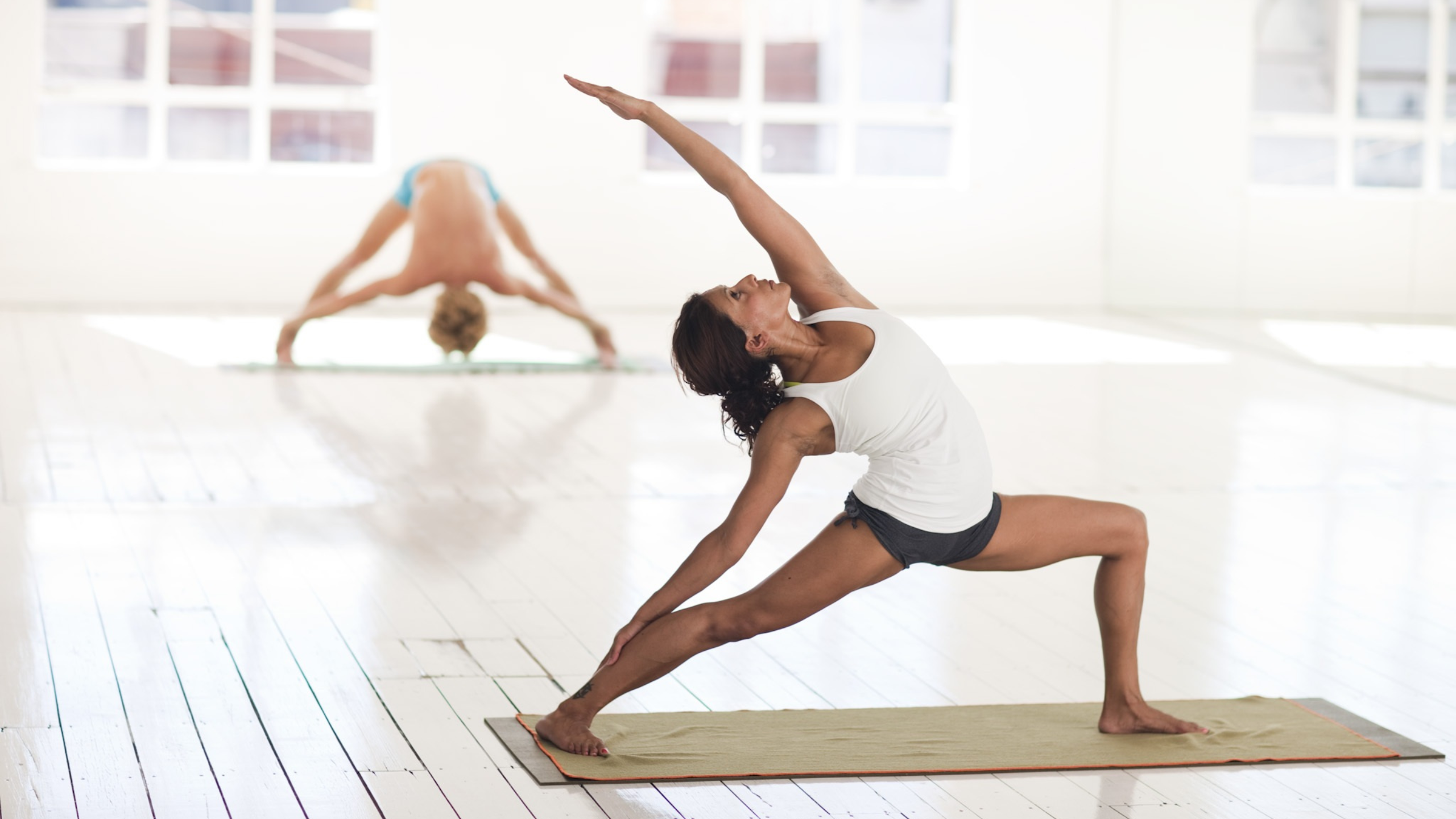January 15, 2025
Alexandra Trusova Expecting a Child
March 30, 2025

Flexibility—the ability to move joints through their full range of motion—is often seen as a gift some are born with and others can only dream of. Yet, behind the graceful bends of a dancer or the deep stretches of a yogi lies a fascinating process of biological adaptation. Far from being a static trait, flexibility is a dynamic quality that muscles and tendons can develop through stretching. But how exactly does this happen? Let’s dive into the science of how your body transforms with every reach and pull.
At the heart of flexibility are two key players: muscles and tendons. Muscles, made up of bundles of fibers, contract to move your body and relax to allow motion. Tendons, the tough, fibrous tissues connecting muscles to bones, act as anchors, transmitting force and stabilizing joints. Together, they determine how far you can stretch—whether it’s touching your toes or kicking your leg skyward.
When you’re inflexible, it’s not just “tightness” at play. Muscle fibers may be short or stiff, and tendons can lack elasticity, limiting their ability to lengthen. Over time, however, consistent stretching triggers a cascade of changes that remodel these tissues, enhancing your range of motion.
When you stretch, you’re essentially asking your muscles and tendons to elongate beyond their resting state. This activates specialized sensors in your muscles called muscle spindles, which detect the stretch and signal your nervous system. Initially, your body resists—think of that slight tension as you reach for your calves. This reflex, known as the stretch reflex, is a protective mechanism to prevent overstretching and injury.
Hold the stretch long enough (typically 20-30 seconds), and something remarkable happens: the tension eases. This is thanks to another set of sensors, the Golgi tendon organs, located where muscles meet tendons. These detect prolonged tension and tell your nervous system it’s safe to relax, allowing the muscle to lengthen further. This interplay between resistance and relaxation is the first step in flexibility gains.
One stretch won’t turn you into a contortionist, but regular stretching rewires your body at a cellular level. Here’s how:
The science underscores one truth: consistency is king. A single stretching session might feel good, but it’s the cumulative effect—daily or weekly practice—that drives adaptation. Studies suggest that stretching a muscle group for at least 10-15 minutes per week (spread across sessions) can yield measurable flexibility gains within a month.
Variety matters too. Static stretching—holding a pose—lengthens muscles over time, while dynamic stretching—active movements like leg swings—enhances elasticity and prepares tissues for action. Combining both, as seen in disciplines like yoga or martial arts, maximizes benefits by targeting different aspects of flexibility.
Flexibility isn’t solely about muscles and tendons; your brain plays a starring role. Pain tolerance, stress levels, and even your perception of effort can limit how far you stretch. A 2020 study in Pain Research and Management found that mindfulness during stretching—focusing on breath and sensation—can increase range of motion by reducing mental resistance. A calm mind, it turns out, unlocks a more pliable body.
Can you stretch too much? Yes. Overzealous stretching without strength training can destabilize joints, leading to hypermobility—where flexibility exceeds control. The key is balance: pair stretching with resistance exercises to maintain stability while expanding your range.
The science of flexibility reveals a body eager to adapt. Muscles lengthen, tendons soften, and nerves recalibrate—all in response to the simple act of stretching. Whether you’re aiming to nail a split or just reach the top shelf with ease, the process is the same: a blend of patience, persistence, and biology at work. So, next time you stretch, know you’re not just loosening up—you’re reshaping your body, one fiber at a time.
By Vitalina Andrushchenko, Staff Writer

January 15, 2025
Alexandra Trusova Expecting a Child

April 05, 2025
Alexandra Trusova and Makar Ignatov Reveal the Gender of Their Future Child

December 26, 2024
2025 World Junior Championship Schedule